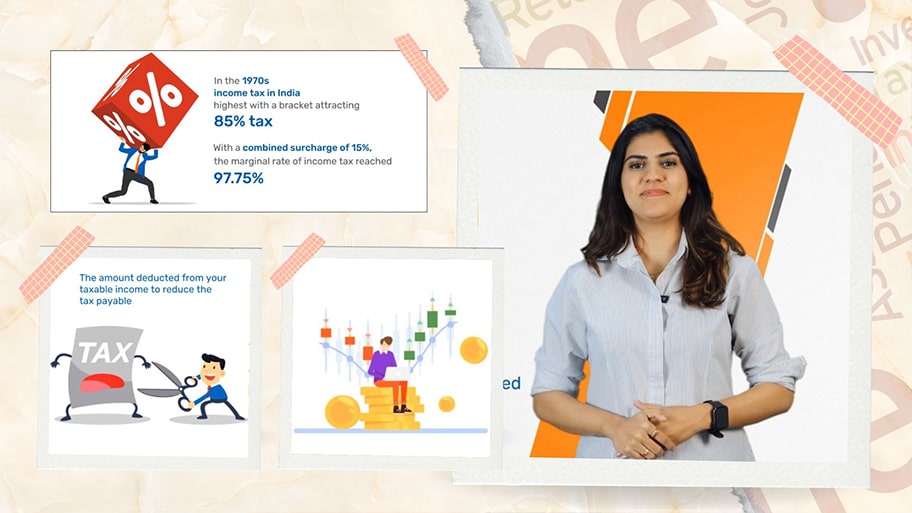How to Plan Your Finances for the New Financial Year
With a fresh financial year in motion, planning your finances might feel more important than ever. In this video, we’ll take you through a few practical steps that might help you get started.
We’ll begin with setting financial goals. Whether it’s building an emergency fund, saving for a home, or planning for retirement, having clarity could make all the difference. We’ll talk about budgeting and tracking your expenses, as knowing where your money goes might help you cut back on what’s not needed.
We’ll also explore the two tax regimes and how choosing between them could affect your savings. We’ll discuss some investments and understand what to look for, when to realign, and how your goals and risk appetite might influence your choices.
We’ll also touch upon reviewing your insurance and emergency funds to ensure your financial safety nets are strong. Lastly, we’ll address how keeping track of everything through regular check-ins might help you stay on course.
By the end, planning your finances for the year might not feel as overwhelming as it did before.

Key Takeaways
Setting clear and realistic financial goals might help you focus on what matters this financial year
Tracking your expenses could reveal spending patterns that might need attention
Budgeting tools and apps might make it easier to manage your income and expenditure
Choosing between the old and new tax regime might depend on your deductions and income structure
The default tax regime for FY 2025-26 might offer benefits of up to ₹12.75 Lakhs without additional deductions
Reviewing your investments might show whether your current strategy aligns with your expected returns
Exploring options like PPF, mutual funds, or NPS could depend on your risk appetite and financial goals
Assessing your health and life insurance policies might help you understand your current financial protection
Listing out your debts might give you a clearer picture of your overall financial commitments
Regular financial check-ins might help you stay aligned with your plans throughout the year
What to Watch Next
Bites
































